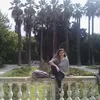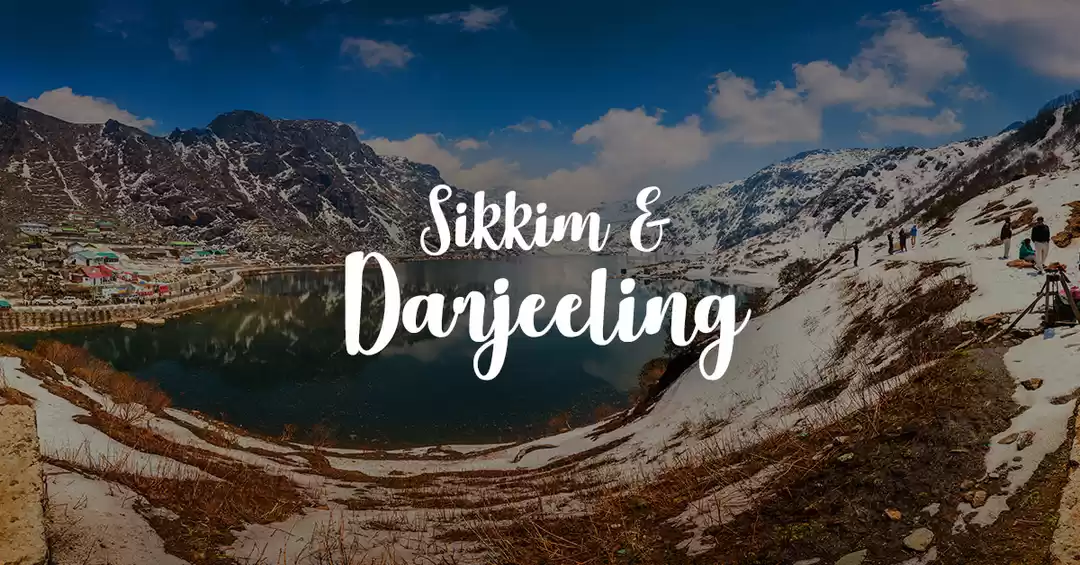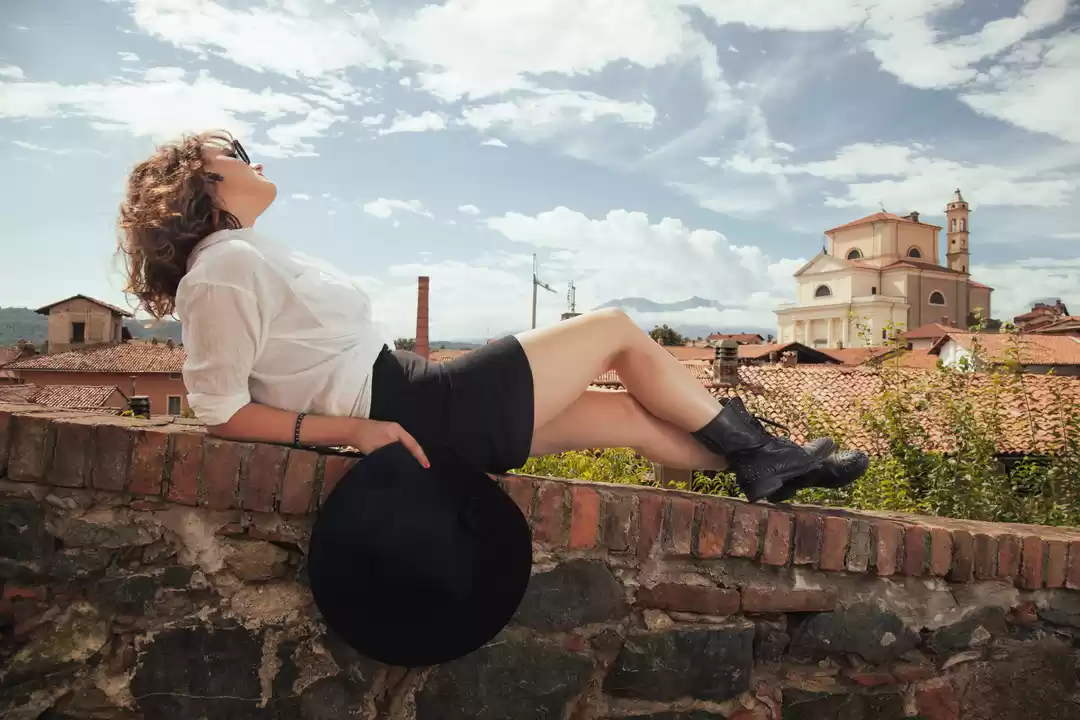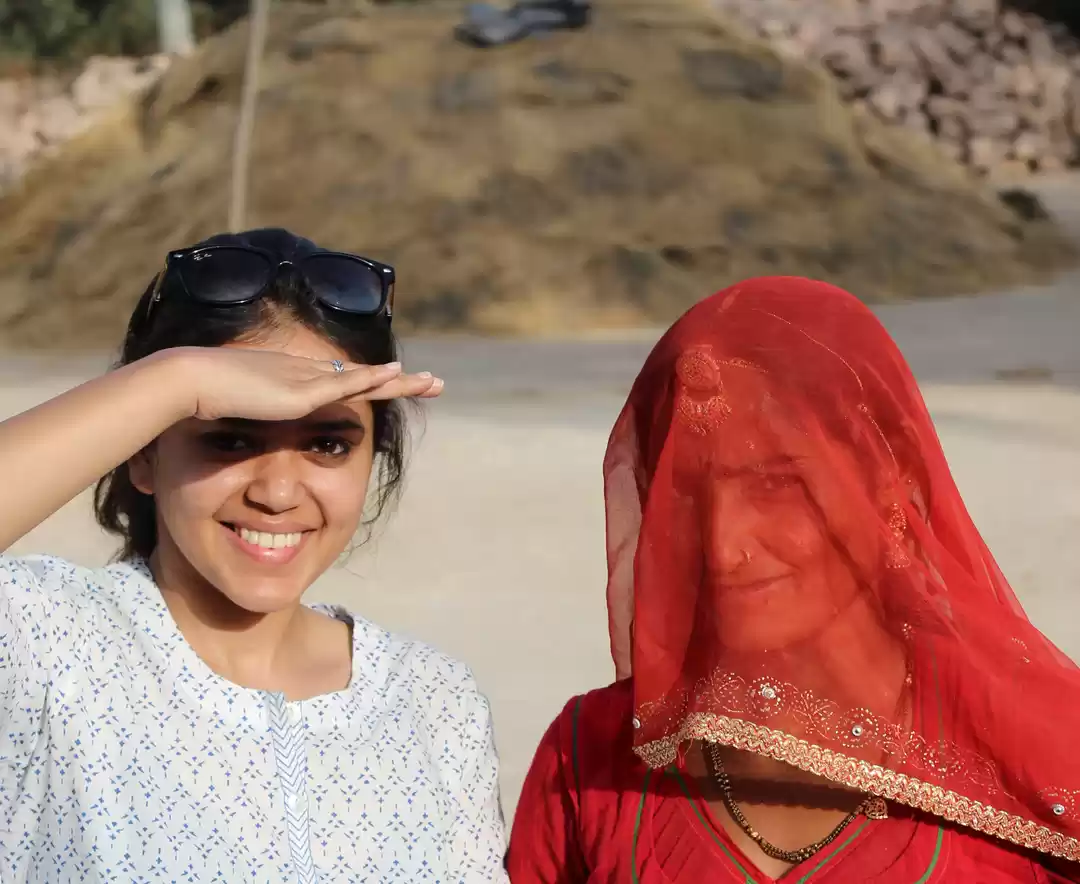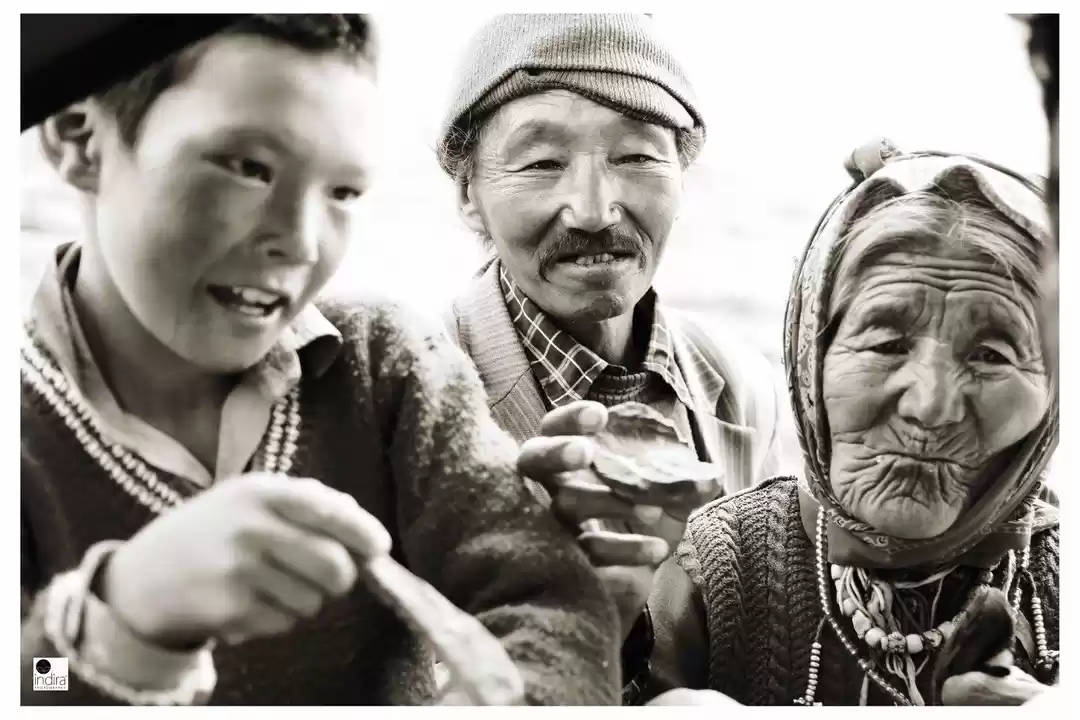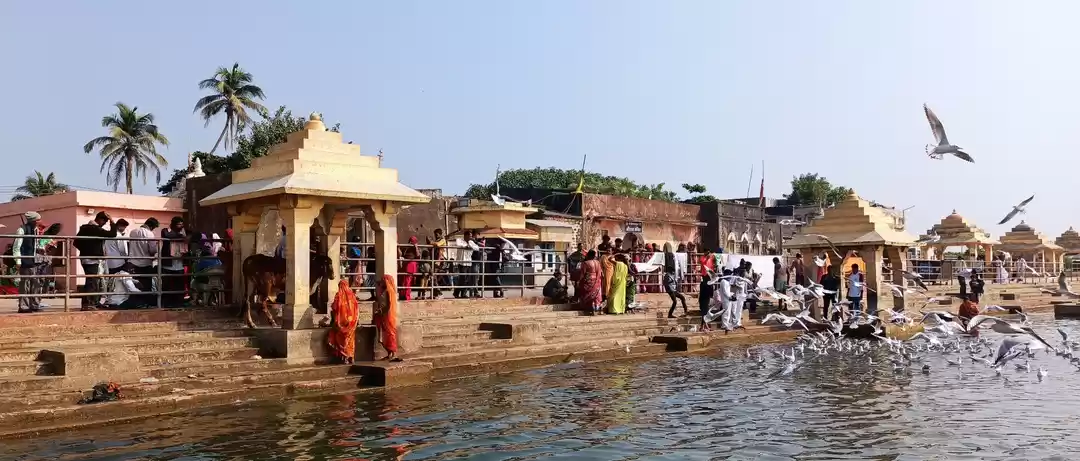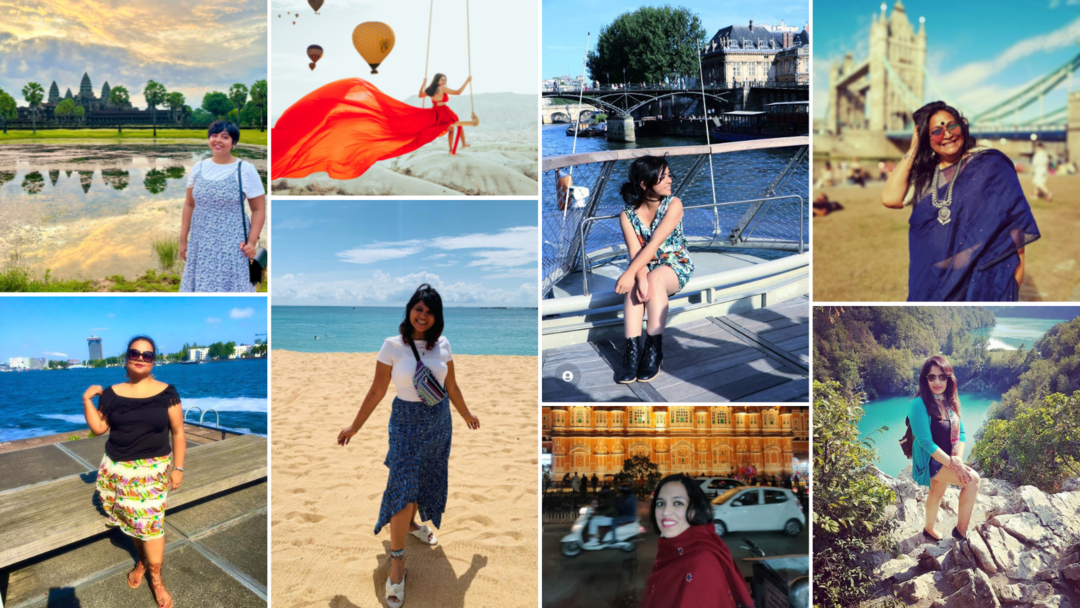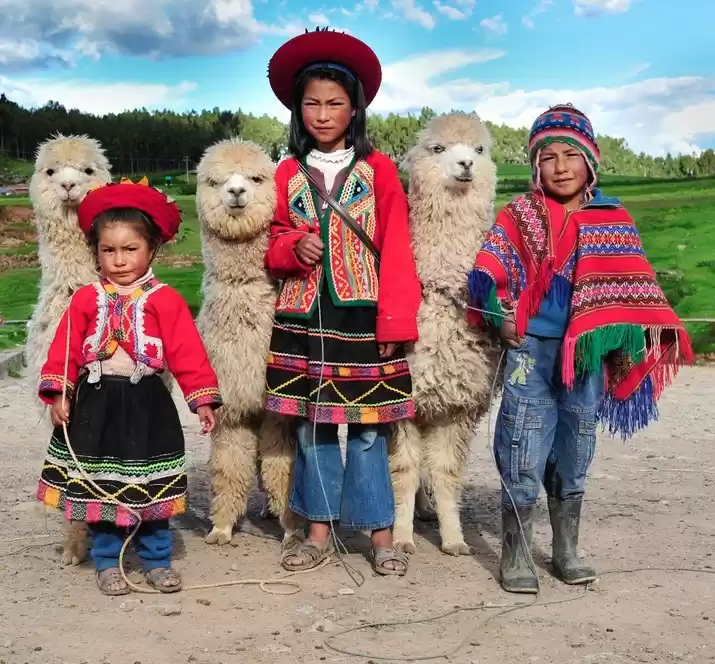



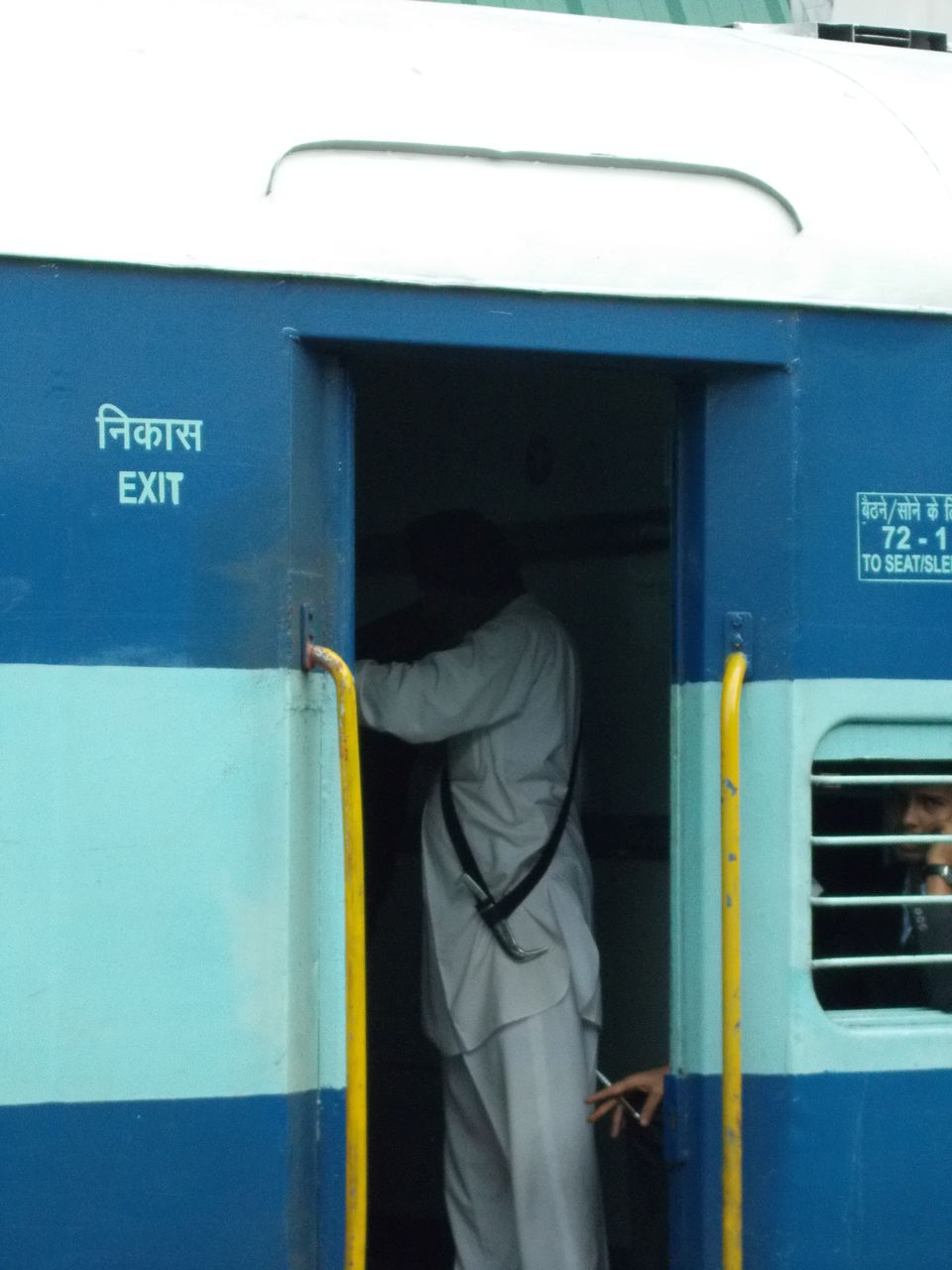
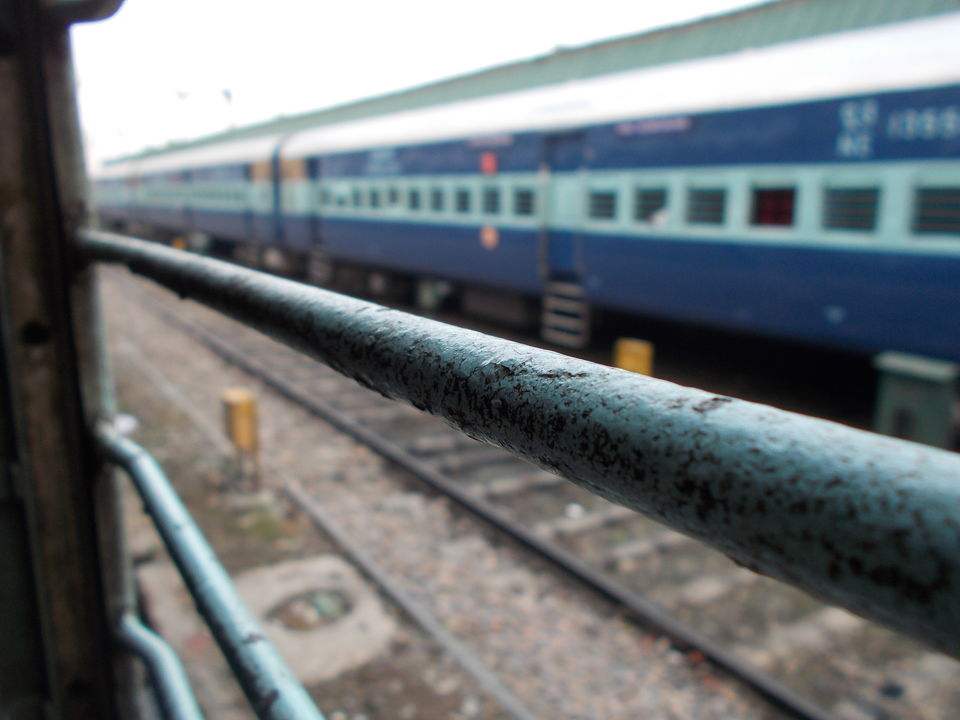
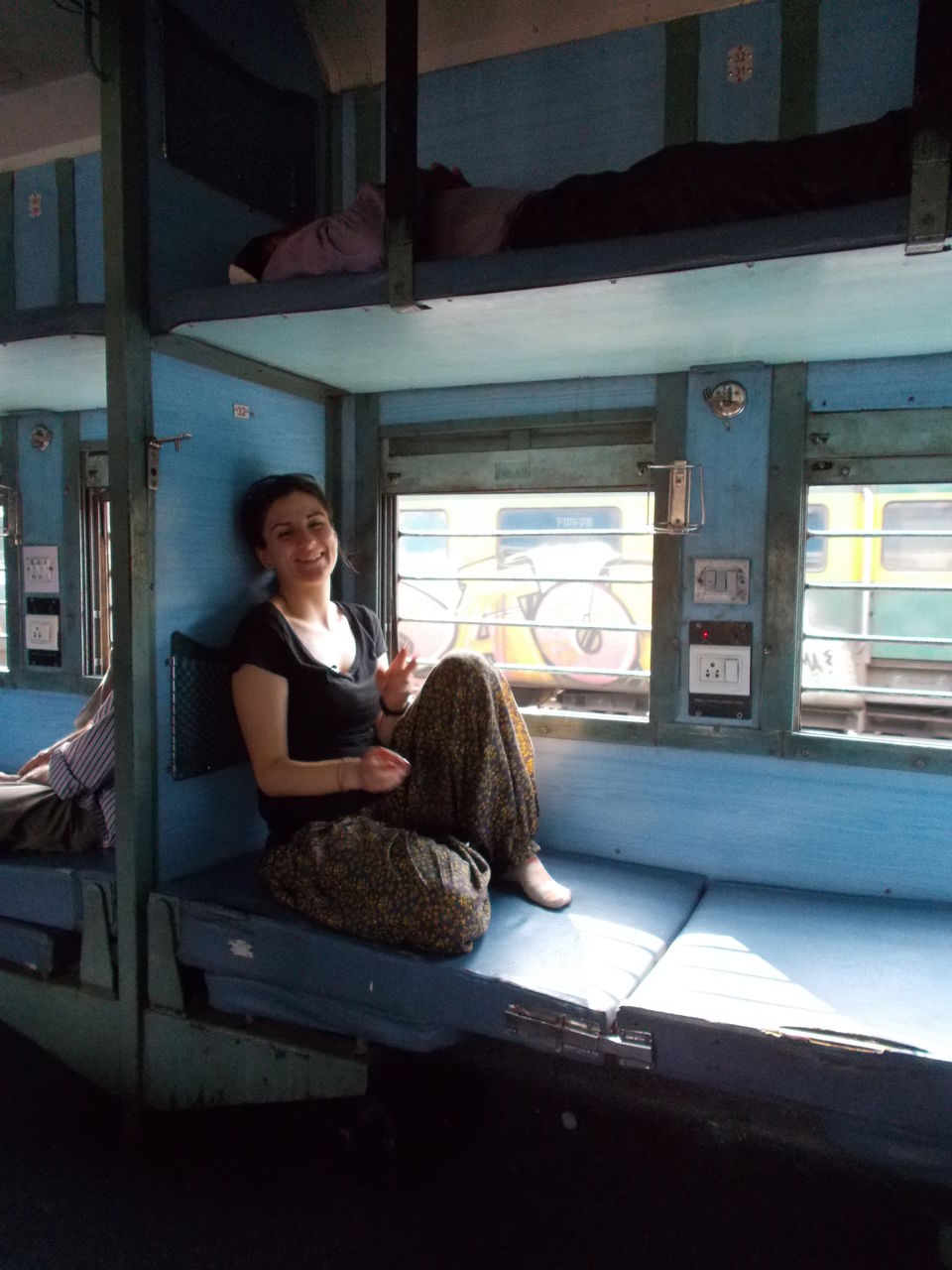
The Indian railways are a property of the Ministry of Republic of India, governed by the Ministry of Transportation. The railways are approximately 115,000 kilometers long, the trains have 7,500 stops and the number of people, who ride on those trains is over 24 million people daily. The trains pass through 29 states, seven union territories and also services stations in Nepal, Bangladesh and Pakistan.
I’m getting on the train in Mumbai. I’m going to Delhi.
The train is already beyond crowded and I have the feeling I’ve never been surrounded by so many people. On the seat against me, however, I see the most beautiful woman I’ve ever met. She’s asleep and the child on her lap is playing with the edge of her sari. That sari was the most colorful dress I’ve seen, I can’t even describe the beauty of its design and shapes. - She really is very beautiful. Too bad she’s not married.
The voice gets me out of my oblivion. Probably I’ve been staring at her for quite a while and the old man, sitting next to me had noticed. -How do you know?.... - Ahh, well, of course- you people from the west have different customs…Here in India, the married hindu woman carries her signs of marriage. The first thing to notice, for example the roots of her hair are not dyed. - What do you mean?- a ask.
- The husband dyes the hair of his wife with sindur ( cosmetic powder with a vermillion color). After that, she has to apply it on her hair every day. They do so, since the parted hair, colored in red symbolizes a a river, full of life. If she gets of the powder, it means she’s a widow. If her husband passes away, her mother-in-law erases it- the river gets dry and it vanishes…The widow has to break her bangles ( bracelets) and take off her bindi.
I probably made a face, so the man explained: - We call bindi the red dot the women put on their foreheads. ( Of course- I scolded myself, how can I be such an ignorant) Hidu believe there’s the sixth chakra, t the third eye, and the red color here symbolizes honour, prosperity and love.
The married woman wears it to show she wishes a long life and success to her partner. If she’s a widow, though her bindi is black, and the sari- white. The newly-wedded woman wears glass bracelets. We believe the honey- moon is over when the last remaining bracelet is broken. -So, that means even their whole marriage can be a “honey moon”?
The man’s lips stretched in a smile and continued: - If you go to Hayderabad, you should definitely visit Lad Bazaar- the market is over a meter long and it’s famous for its shops for bracelets of any kind. But remember- the woman never buys herself bangles, which she’ll put on her own wrists. The toe fingers should also be a gift from her husband. He gives them to her on the wedding day and she puts them on the second finger of her right and left foot. According to the legend of our sacred epos, the main character Sita was kidnapped by a demon and in order for her husband to find her, she drops on the way one of her rings. We call those rings Chala and they are a symbol of the pure and innocent soul of a wife.
I’m whole ears, trying to remember as much as I could from that man, telling me things no book could introduce me to the way he could. - Another thing we give to our wives is a necklace, made of black buds, put together on a red or yellow thread. Each bracelet is different, depending on the customs of each family.
For us, maybe this necklace symbolizes what a wedding ring means for you in the west. - I noticed many women wear a nose ring?- I suggest. - Most women pierce their noses around the age of sixteen. - My mother would kill me if I did that when I was at school- I interrupted. -Maybe, but that’s the age at which many girls in some parts of the country get married.
Once they put it, they rarely take it of. With this, they show their respect to the goddess Parvati- the goddess of marriage and happy family life. Usually they choose the left side- according to Ayurvedic medicine that’s the side of women and women fertility. - As far as I know, in Africa the nose-ring symbolizes wealth- I mentioned. - Here, the bigger the jewelry, the greater the prosperity of family. - The man joked.
Our conversation was interrupted by the conductor of the train- he was announcing the next stop. The child in the woman’s hands moved: -Mommy, is that our stop? …. Both of them get off and leave me with a thousand of questions, most of which probably having more than just one answer…
I really wish I could post a picture of her, but at that moment that thought didn't even cross my mind....

